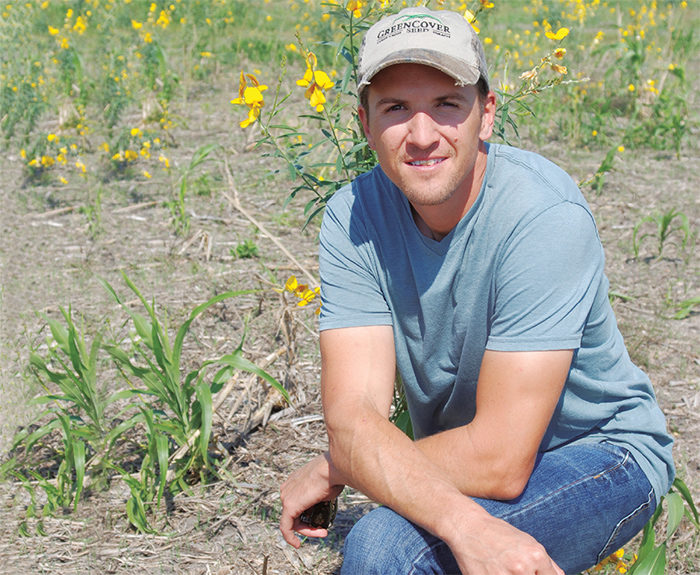No-Till Farmer
Get full access NOW to the most comprehensive, powerful and easy-to-use online resource for no-tillage practices. Just one good idea will pay for your subscription hundreds of times over.

Less is proving more for Jonathan Cobb — fewer acres, lower expenses for equipment, fertilizers and herbicides and more hope about his future in farming.
Cobb, who no-tills near Rogers in the Blackland Prairie east of Temple, Texas, plunged into no-till and cover crops after nearly giving up on farming.
He’s bucking a national trend by downsizing his farm, when most growers are constantly upscaling. But the 37-year-old feels downsizing is his best plan for a sustainable and profitable future.
The fastest way to improve the bottom line, he says, is to reduce costs because that’s something he can control.
“We decided to get off the treadmill of chasing acres, and resize the operation around what we felt we could holistically manage. This eventually came down to about 410 acres,” Cobb says. “To us, success would be making a living on the least amount of acres possible.
“Often, we find that good management can replace input costs.”
One way Cobb manages his farm differently is by using intense animal impact to help build soil.
“The soil must give from its abundance, but farming the old way robbed the soil of what it could give, so one of the big jobs is to build soil wealth,” Cobb explains. “I hope to stack enterprises vertically on my acres, build the soil and be profitable.”
Drought, a pervasive presence across much of Texas in recent years, was certainly a factor in Cobb almost quitting farming. He’d had an extremely difficult…